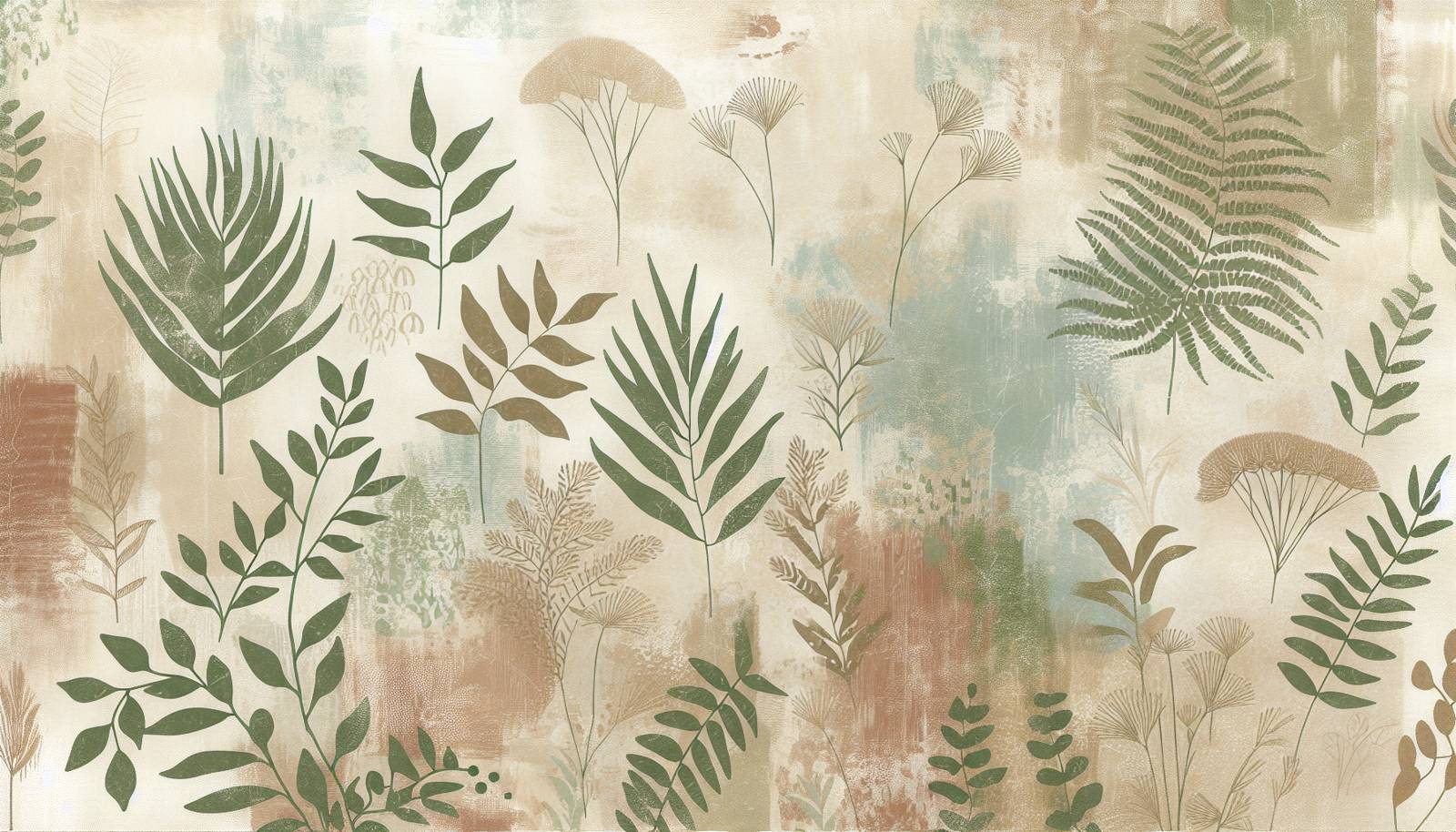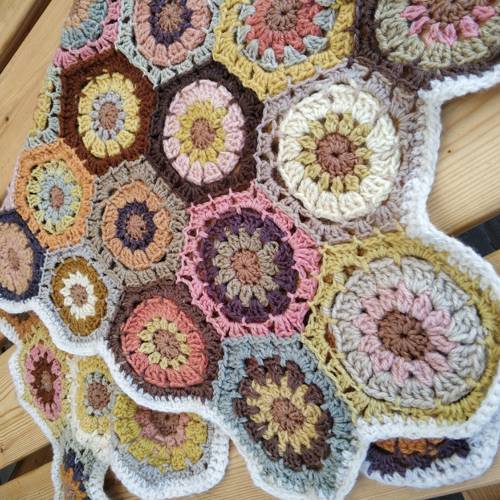
FAQ About Indoor Plant-Based Dye Sources

What are some indoor plants commonly used for natural dye production?
Several plants can be grown indoors for natural dye production, including Rubia tinctorum (madder), which produces red hues, turmeric for yellow, and spinach for green. Other common dyeing plants include hibiscus, which can provide red to purple shades, and coffee for brown tones. Each of these plants can thrive in indoor conditions with the right care and environment.

How can I extract dye from turmeric plants grown indoors?
To extract dye from turmeric, start by harvesting the roots of the turmeric plant. Clean and peel the roots, then cut them into small pieces. These pieces can be dried and ground into a powder. For dyeing, mix the turmeric powder with water to create a dye bath, and use alum as a mordant to help the dye bond with your fabric.

Can spinach grown indoors be used for dyeing purposes?
Yes, spinach leaves can be used to create a mild green dye. To do this, chop the spinach leaves and simmer them in water for about an hour. Strain the liquid to remove the plant material and use the resulting green dye. As with other natural dyes, you will likely need a mordant like alum to set the dye on fabric.

What environmental conditions are ideal for growing dye plants indoors?
Most dye plants require plenty of natural light, so placing them near windows with sufficient sunlight is beneficial. They generally prefer well-drained soil and consistent watering to keep the soil moist without being waterlogged. Additionally, maintaining a warm temperature and adequate humidity will support healthy growth of these plants indoors.

Do indoor dye plants require special soil for optimal growth?
Indoor dye plants typically thrive in well-draining potting soil rich in organic matter. Using a mix designed for herbs or vegetables can work well. To boost fertility and ensure the plants receive necessary nutrients, you can supplement the soil with compost or a balanced, water-soluble fertilizer.

How can I use hibiscus to create a natural dye at home?
First, gather hibiscus flowers grown indoors. Remove the petals and submerge them in boiling water for approximately 30 minutes to release the dye. Strain the petals out and use the liquid as a red to purple dye for fabrics. It's effective to use a mordant, such as alum, to enhance the dye's adherence to fabrics.

Is it difficult to grow madder indoors for dye extraction?
Growing madder indoors can be a bit challenging due to its natural sprawling habit, but it is feasible with adequate space and support. Madder requires a large pot with good drainage, consistent watering, and plenty of sunlight. It might take a few years to harvest the roots for dyeing, as the plant matures and develops in indoor conditions.

Can I harvest and use coffee grounds from homegrown coffee plants for dyes?
Yes, if you grow coffee plants indoors, you can use the coffee grounds for dyeing. After brewing coffee, collect the used grounds, which produce a brown dye. This process involves boiling the coffee grounds in water to extract the color, then using the liquid as a dye bath. Coffee dyes are typically set with the use of vinegar as a mordant.

What tools and materials are needed for dye extraction from indoor plants?
Basic tools for extracting dyes from indoor plants include a pot for boiling, a strainer for removing plant material, containers for storing dye, and gloves for handling dye substances. Depending on the plant, you might also need a grinder for roots, such as turmeric, and mordants like alum or vinegar to fix dyes to fabrics.

Are there any safety concerns when dyeing with plants grown indoors?
While natural dyes are generally safer than synthetic options, precautions should still be taken. Wear protective gloves to avoid skin irritation, and use dedicated utensils and cookware for dyeing purposes to prevent contamination. Ensure good ventilation to avoid inhaling any fumes from boiling plant materials.

Can indoor dye plants be propagated to increase dye production?
Yes, many indoor dye plants can be propagated to enhance dye production. This can be achieved through methods such as seed planting, cuttings, or root division. For example, madder can be propagated through root divisions, while some plants like hibiscus can be propagated using stem cuttings.

How long does it take to grow indoor plants before they can be used for dyeing?
The time required varies by plant species. Fast-growing herbs like spinach and turmeric can be harvested for dyes within a few months. In contrast, plants like madder require a longer maturation period, often needing 2-3 years before the roots can be harvested for their red pigment.

Do indoor plants like turmeric and hibiscus fare well in different seasons?
Turmeric and hibiscus can adapt to different seasons when grown indoors by controlling environmental conditions such as light, temperature, and humidity. These plants prefer warmth and do well when indoors during colder months, as long as they receive sufficient light and are protected from drafts.

What are the benefits of using natural dyes from indoor plants?
Natural dyes are eco-friendly alternatives to synthetic dyes, offering biodegradable and non-toxic coloring options. They provide unique, soft hues that are difficult to replicate synthetically, contribute to sustainable practices, and can be produced through the artistic reuse of materials around the home.

How can I maintain my indoor dye plants to ensure healthy growth?
Maintaining healthy indoor dye plants involves providing adequate sunlight or supplementary lighting, regular and balanced watering, and using a nutrient-rich soil with good drainage. Pruning can help manage plant size and promote new growth, while monitoring for pests and diseases maintains plant health.

Can I combine different indoor plant dyes to create new colors?
Yes, combining different plant dyes can yield new colors and shade variations. Experimenting with color mixing from different plant sources like turmeric and hibiscus can result in unique hues. It's important to keep records of combinations and ratios used to replicate results in future dyeing projects.

What is a mordant and why is it important in plant dyeing?
A mordant is a substance used in dyeing to fix dyes onto fabrics, enhancing the colors' vibrancy and washfastness. Common natural mordants include alum, vinegar, and tannins. They ensure the dye bonds more securely with the fiber, preventing it from fading quickly over wash and wear.

Can indoor growing setups like hydroponics be used for dye plants?
Yes, hydroponic systems can be effectively used to grow some indoor dye plants. They allow for control over nutrients and growth conditions, potentially leading to faster growth and higher yields. Plants like spinach and certain herbs adapt particularly well to hydroponic setups.

Are there any legal considerations when using natural dyes from indoor plants?
Generally, using natural dyes from indoor plants is legally permissible. However, if the dyes are for commercial use or if you intend to sell the dyed products, you might need to comply with labeling regulations and ensure that the dyes meet safety standards for consumer protection.

What are some of the challenges faced when growing dye plants indoors?
Challenges include managing space as some dye plants can grow large, achieving sufficient lighting indoors, and maintaining consistent environmental conditions. Pests and diseases can still affect indoor plants, requiring vigilance and appropriate control measures. Additionally, some plants may require specific care regimens that can be demanding.
